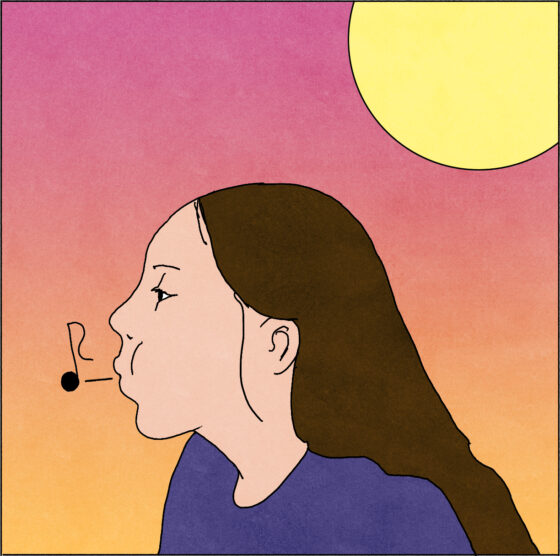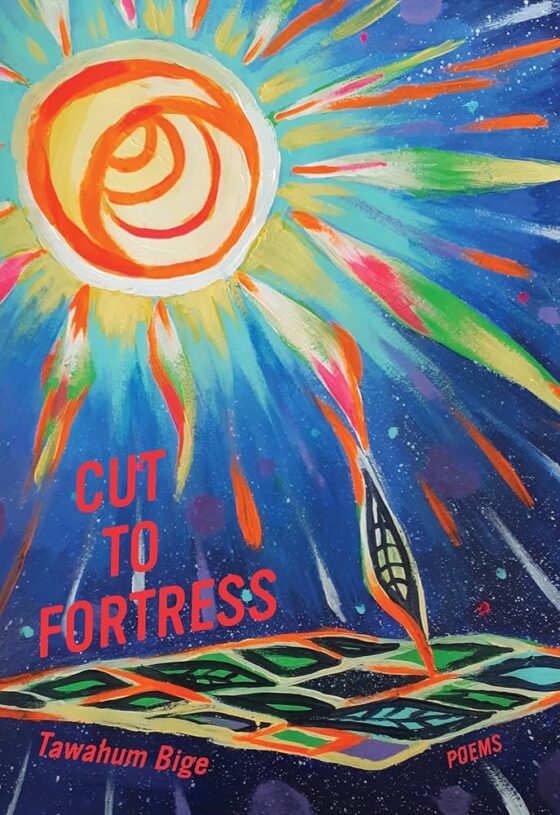But unlike during his early days in New York, Miller now regarded himself as a legitimate writer, so he tried to devote most of his time to his newest literary efforts. He sold selections from The Air-Conditioned Nightmare to magazines, and finally even found a publisher for The Colossus of Maroussi. Thus, when Hollywood came calling that summer, offering the infamous author a screenwriting job, Miller turned it down. He had just enough money to stay on the West Coast until October before returning home to New York for the winter.
Back on the East Coast, however, all Miller could talk about was the “desert colony” of artists and writers he had met in California. It wasn’t long before he began planning his return to the place he called “Lotos Land.” During the early 1940s, Hollywood had become a destination for many great European writers, artists, and musicians fleeing Hitler. From Thomas Mann and Bertolt Brecht to Igor Stravinsky and Sergey Rachmaninoff, Hollywood provided work for many of the world’s great talents during this international time of turmoil. Similarly, American writers as diverse as William Faulkner, Dorothy Parker, and Lillian Hellman all found their way to Los Angeles, lured by the big bucks offered by the movie studios.

In this heady atmosphere, Miller hoped he had found another Left Bank, where artists, writers, and musicians could nurture their talents among like-minded men and women. But unlike the Left Bank, the motion picture industry had the potential to make them all rich. Truly, Miller reasoned, Hollywood must be his Lotos Land. After just seven months on the East Coast, Miller was so restless that he began making plans for his return to the West. But it wasn’t until he received an offer of a free room from another writer, Gilbert Nieman, that Miller boarded the train for California. His ambition was clear: get a job as a screenwriter and make a ton of money. Like so many ambitious and creative hustlers before him, Miller saw Hollywood as Mecca of the get-rich-quick scheme.
But in fact what Miller would find in Hollywood was his soul. Upon his return to Los Angeles in the summer of 1942, Miller took up lodging in a small apartment in the Beverly Glen house of Gilbert and Margaret Nieman. As the main thoroughfare running through Holmby Hills — the opulent but understated enclave that has been home to Hollywood’s movie stars since the 1920s — Beverly Glen eventually winds into a narrow canyon filled with sycamore trees and small cottages. Close to UCLA and Westwood, the movie studios and Hollywood, during the 1940s the canyon area was popular with students and professors, artists and writers, and lower-end studio employees.
In this somewhat bohemian neighborhood, the Niemans lived in The Green House, which Miller described as “a snug, cozy place, more like an aquarium than a guest house.” Miller immediately felt right at home. But if Henry Miller had high hopes for his time in Hollywood, they were quickly shattered by what he discovered about the reality of Hollywood filmmaking. Far from the collective creative process he had envisioned, Miller soon realized that making movies was largely a technical endeavor, and that the job of the writer was to crank out low-minded scripts that the studios hoped would rake in big profits. The 1940s was the culmination of the golden age of cinema, an era in which the studios were run by megalomaniac tycoons who controlled not only every aspect of the movies they made, but also the lives of the men and women who worked for them.




